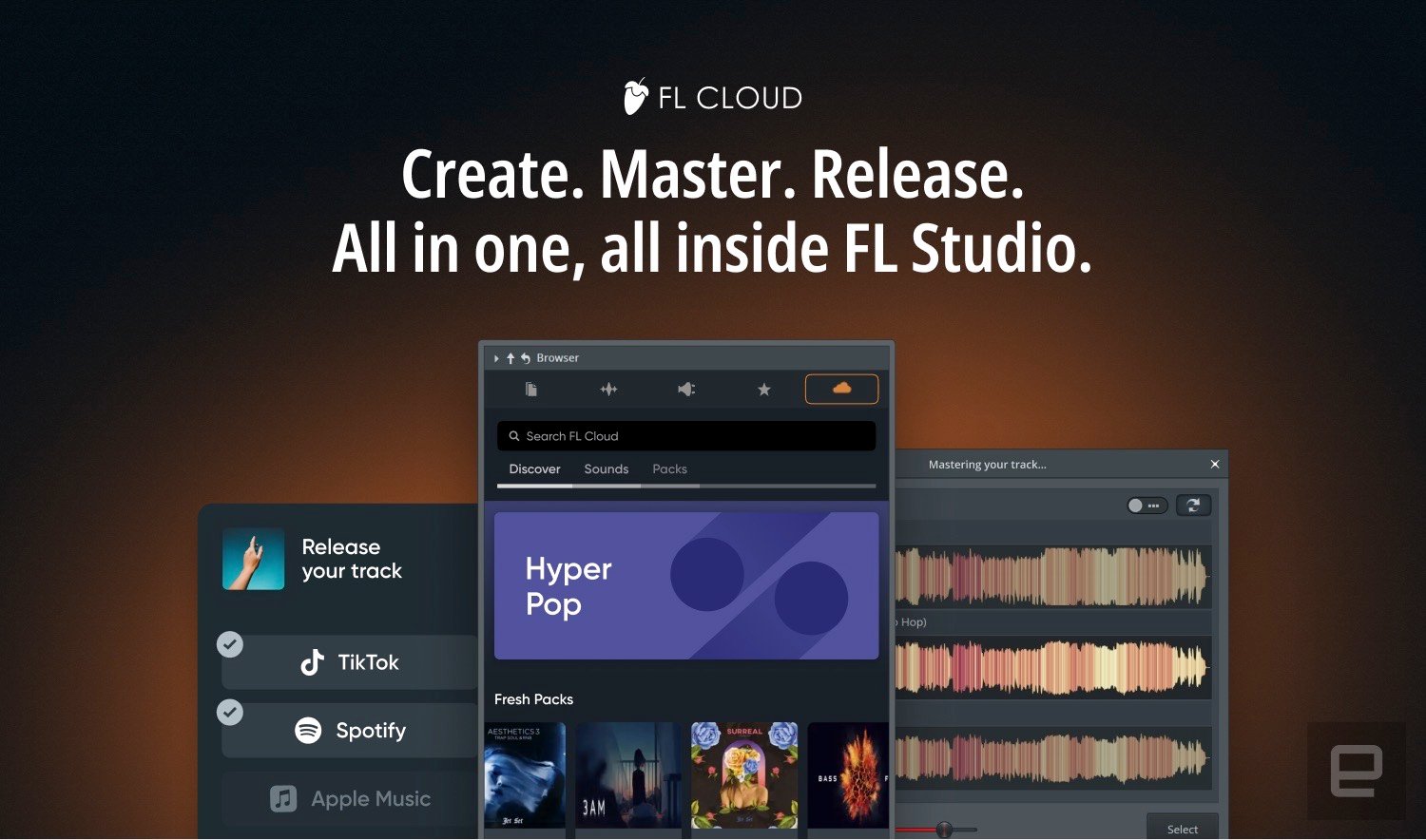Image Line admirably continues to hold its own, offering free lifetime updates for FL Studio users. And every update brings something new and noteworthy, rarely simple bug fixes. FL Studio 21.2 is no different and brings two of the biggest updates in a long time.
The first thing is the introduction of stem separation. This is huge for producers who want to get into remixing, but can’t get access to official sources for the songs they want to reimagine. But it’s also a great help for anyone interested in sampling. At some point we’ve all come across a record where we love the drums or strings, but we can’t seem to find a clean enough section of the song without vocals or bass. This is a feature that has proven particularly popular in DJ-focused apps like Serato and Djpro, but is obviously of interest to more traditional music producers as well.
FL Studio handled the handful of tests I threw at it admirably. The quality and activity level of the mix made a big difference in how effectively individual tracks could be extracted, but that’s no surprise. It was also limited to drums, bass, vocals and “instruments” which covered literally everything else.
When I brought in a mix of an instrumental track I was working on, the drums clicked perfectly. The bass was isolated, but sounded thin and distant, while the “instruments” (two guitars and a synth) had a regular click that seemed to have come from the hi-hats. The Escorts’ “All We Need Is Another Chance” and Beyoncé’s “Freedom” fared better. While there were definitely some digital artifacts on the drums on “Freedom,” they would have barely been noticeable in a full mix. However, the bass and vocals came out perfect. (By the way, reduced to just drums, bass and vocals, it still sounds strong.)
Overall, the stem separator worked best with drums and vocals. However, I dream of the day when technology is advanced enough to be able to distinguish things like guitars or strings.

The other major addition is one that could prove a bit controversial: FL Cloud. There’s a free tier, but its most interesting features are locked behind a subscription service, one that offers solid value. On the one hand it puts all Image Line Sound Packs and Samples right into your DAW and it will sync the tempo and stretch the time to match your project. If you pay for a subscription, you have unlimited access to all of these, including new packs released every month, without worrying about credits or monthly limits like you can find on Splice. The free tier gives you access to free sounds, but you’ll have to pay for premium sample packs.
FL Cloud also includes an ai mastering tool. You get a basic version of this for free, but paying unlocks more advanced options tailored to specific genres. And finally, subscribers get access to distribution tools powered by DistroKid directly from FL Studio.
While there will undoubtedly be some users upset by even this limited implementation of a subscription model, it’s hard to argue with the value. For $8 a month or $80 a year, you get unlimited royalty-free samples, advanced ai mastering, and distribution to major streaming services. That’s the same price as a sample Loopcloud subscription alone, which has pretty strict monthly limits and is significantly cheaper than any Splice subscription. Image Line even offers a $50 introductory discount for the first year and a one-month free trial to all FL Studio users.
Finally, a new instrument has also been added to the native FL Studio plugins called Kepler, which is a pretty solid recreation of the Roland Juno 6. FL Studio 21.2 is now available as a free update for existing users, although some features, such as the Kepler complement, are available. only available with Producer Edition or higher.
This article originally appeared on Engadget at https://www.engadget.com/fl-studio-212-can-separate-the-bass-vocals-and-drums-from-your-favorite-songs-140041298.html?src =rss
 NEWSLETTER
NEWSLETTER





